Shop
BUSINESS INSIGHTSFOR THE AGE
OF DATA AND AI
A century ago, Bauhaus designers solved complex problems with radical simplicity. The Bauhaus Code shows how those same rules can streamline data pipelines, AI ethics and product teams today.
- 21x15cm
- 197 pages
- Kulturbuchverlag Berlin
- Print and eBook
Get The Book
Get Updates
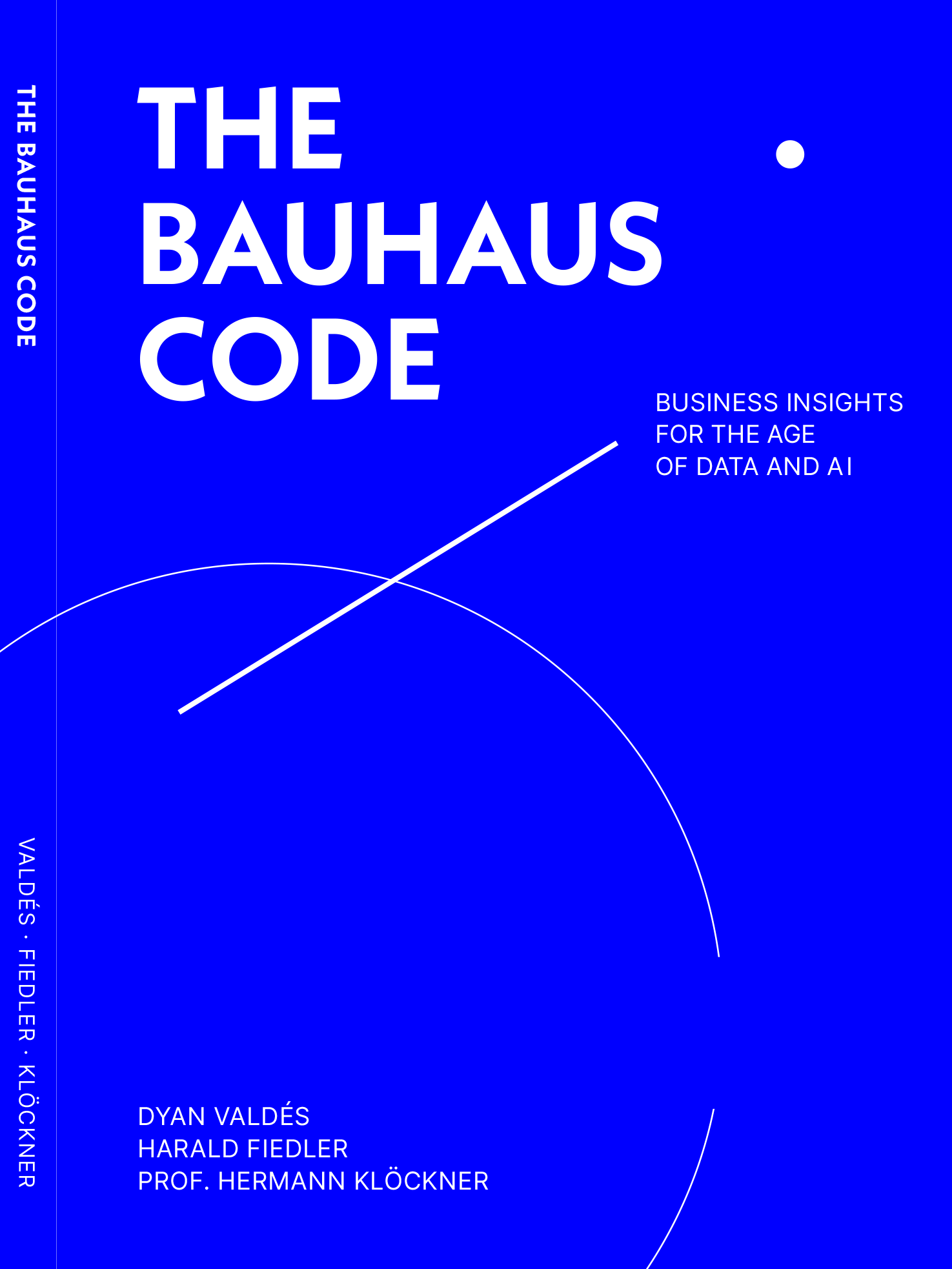

“Once you have been to Bauhaus you understand the longevity of the making of that time, how relevant it is even today and the symbiosis of art and science.”
Uwe Minkus
Chief Engineer Research, Technology and Future Programmes Engineering
What does the Bauhaus, an industrial arts and crafts school that existed in Germany from 1919 to 1933, have to do with a cutting-edge software platform for designing jet engines? How can studying Bauhaus principles inform our approach to business in the age of AI and data? These are the questions The Bauhaus Code seeks to answer.
Through a series of contemporary real-world case studies, The Bauhaus Code examines how the key values of a century-old school of design and architecture reverberate today, and how we can harness these timeless ideals to tackle some of the biggest challenges of the modern AI-driven world.
SHOULD FORM REALLY FOLLOW FUNCTION
IN THE AGE OF DATA & AI?

Seated woman with stage mask in a tubular steel armchair, 1926. Erich Consemüller, photographer. Marcel Breuer, design. Oskar Schlemmer, design. Credit: Bauhaus-Archiv Berlin. Lis Beyer-Volger, design. Copyright: Marcel Breuer, Erich Consemüller, Dr. Stephan Consemüller, Oskar Schlemmer, Lis Beyer Volger, Hans and Lis Volger.
When we think of the Bauhaus, we may think of simple furniture or minimalist architecture; however the Bauhaus visual aesthetic is just the tip of the iceberg. Those design classics grew from a clearly defined set of values, methods and practices that led to their creation. Baked into the DNA of the school were fundamental values such as:
- A willingness to make and learn from mistakes
- Form following function
- Reframing problems and needs
- Approachability and accessibility
- Minimalism and the elimination of unnecessary ornamentation
- The humanization of technology
- Interdisciplinary connection
- A holistic approach to design and problem-solving.
The Bauhaus Code takes each of these core values one at a time, first taking a look at an example from the original school and then extrapolating lessons from it that can be applied to the modern digital age, with contemporary examples ranging from the development of jet engines to the reorganization of financial firms to the complex analysis of global conflict.
At first glance, Marcel Breuer’s tubular chair, Marianne Brandt’s iconic lamp and Walter Gropius’ architectural classics may not seem relevant to software development, business intelligence or data analysis. However, thanks to the rich treasure trove of written and visual materials left behind by the original Bauhäuslers, we can follow their thought processes step-by-step and see how these great works were conceptualized and created.
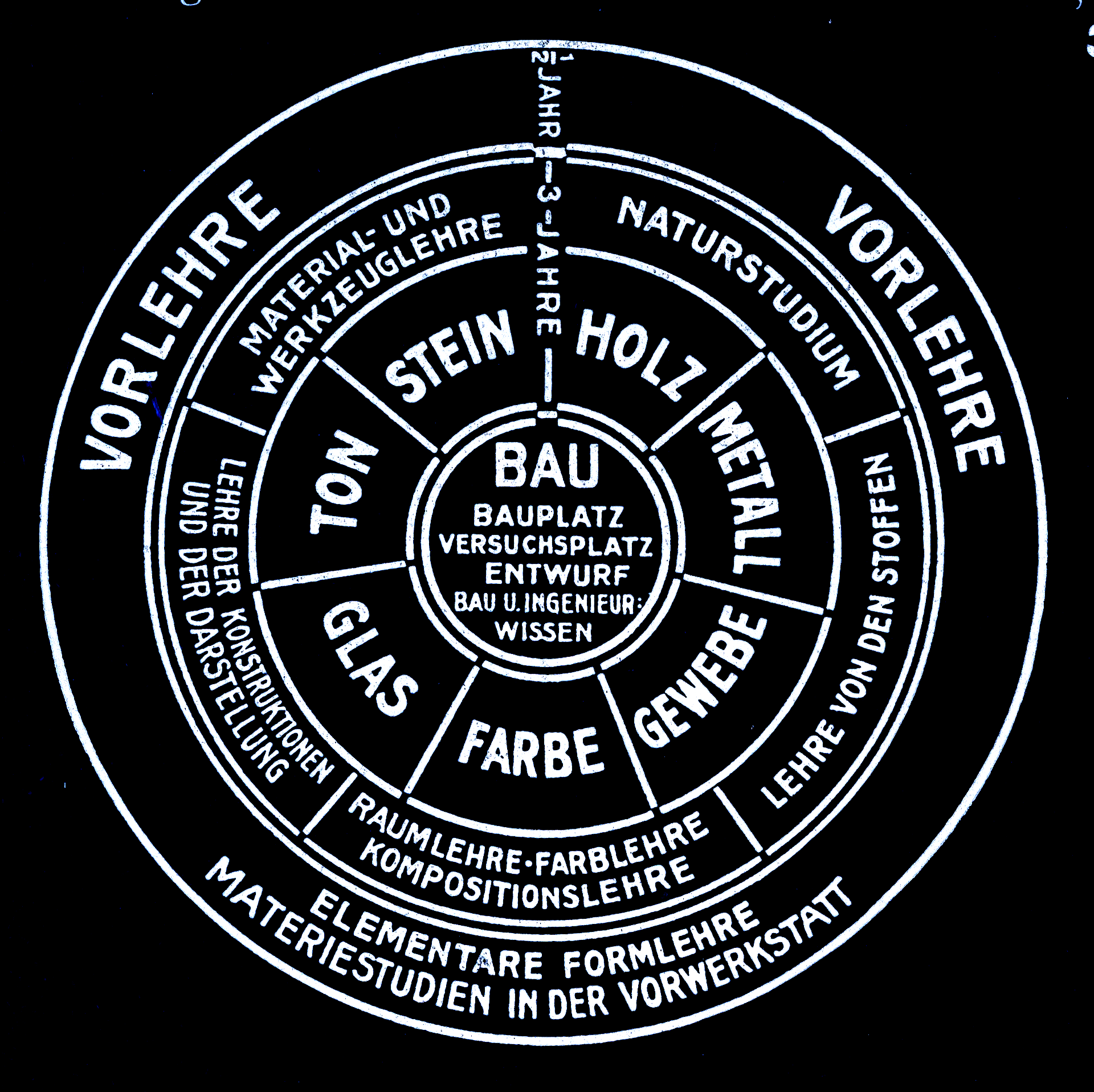
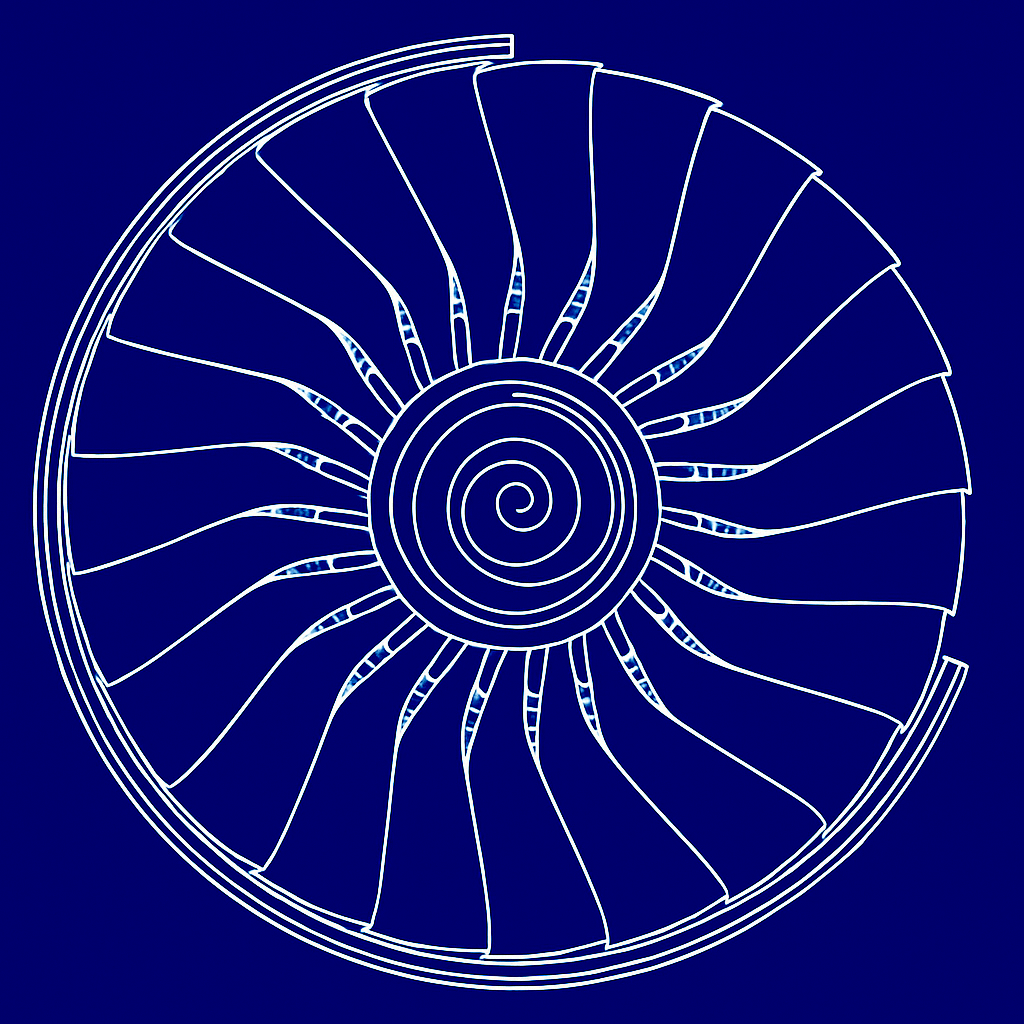
From Gropius’ circular teaching paradigm to today’s AI-driven jet engine design –holistic thinking brings people together for wicked problem solving.
The lessons we can glean from Bauhaus values and methodologies are timeless, and are just as essential today as they were 100 years ago. The original Bauhaus was born of a tumultuous time: in the wake of a global pandemic, amid social unrest and war, against the backdrop of widespread fear of changes brought on by automation and during the rise of populism, Walter Gropius founded the school to light a new way forward for a better society. In doing so, he and the other Bauhäuslers created a new framework for thinking about culture itself.
At a moment when the world around them was violent, unfair and dangerous, the Bauhaus pioneers chose to question the very foundations of that world. The belief system they developed would inform the creation of new artifacts, new organizations, and new processes of a new and better future.
Our circumstances may have changed, but the urgency of contemporary problems matches the urgency felt by Gropius and the other Bauhaus practitioners all those years ago. And just as importantly, the opportunities we have now — in particular the opportunities opened up by developments in technology, data science and AI that Gropius could never have dreamed of — give us an exciting chance to solve our problems in better ways.
The Bauhaus Code will show you how the lessons from the historical Bauhaus can breathe new life into business, technical and organizational practices that have become stale. Walter Gropius and his fellow Bauhaus pioneers wrote the code: with the digital and AI tools that we have today, we can use that code to unlock our biggest problems and challenges to better innovate, collaborate and create the world that we want to see.
THE ‘20s, THEN
AND NOW…
VOLATILE
UNCERTAIN
COMPLEX
AMBIGUOUS
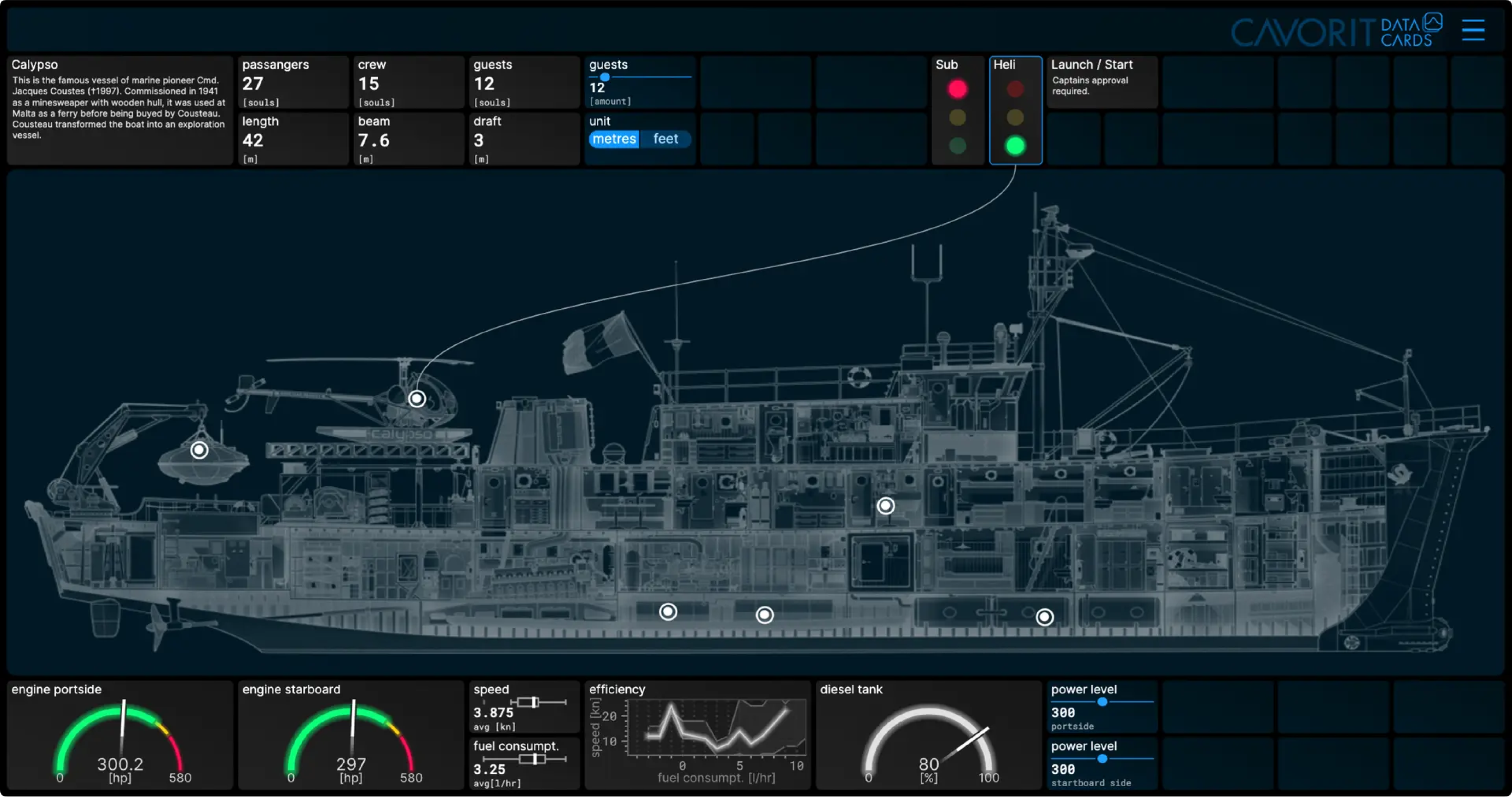
Modern AI Business Software DataCards embracing Bauhaus Principles.
MATH.
FUNCTIONAL DESIGN.
ARTIFICIAL
INTELLIGENCE.
POLITICS.
AND BUSINESS?
Get Updates
Get The Book


197 pages, 21x15 cm,
English
Kulturbuchverlag Berlin, Softcover 24,95 € | eBook 15,95 €
ISBN 978-3-88961-480-3
to be published Fall ‘25
ABOUT THE AUTHORS
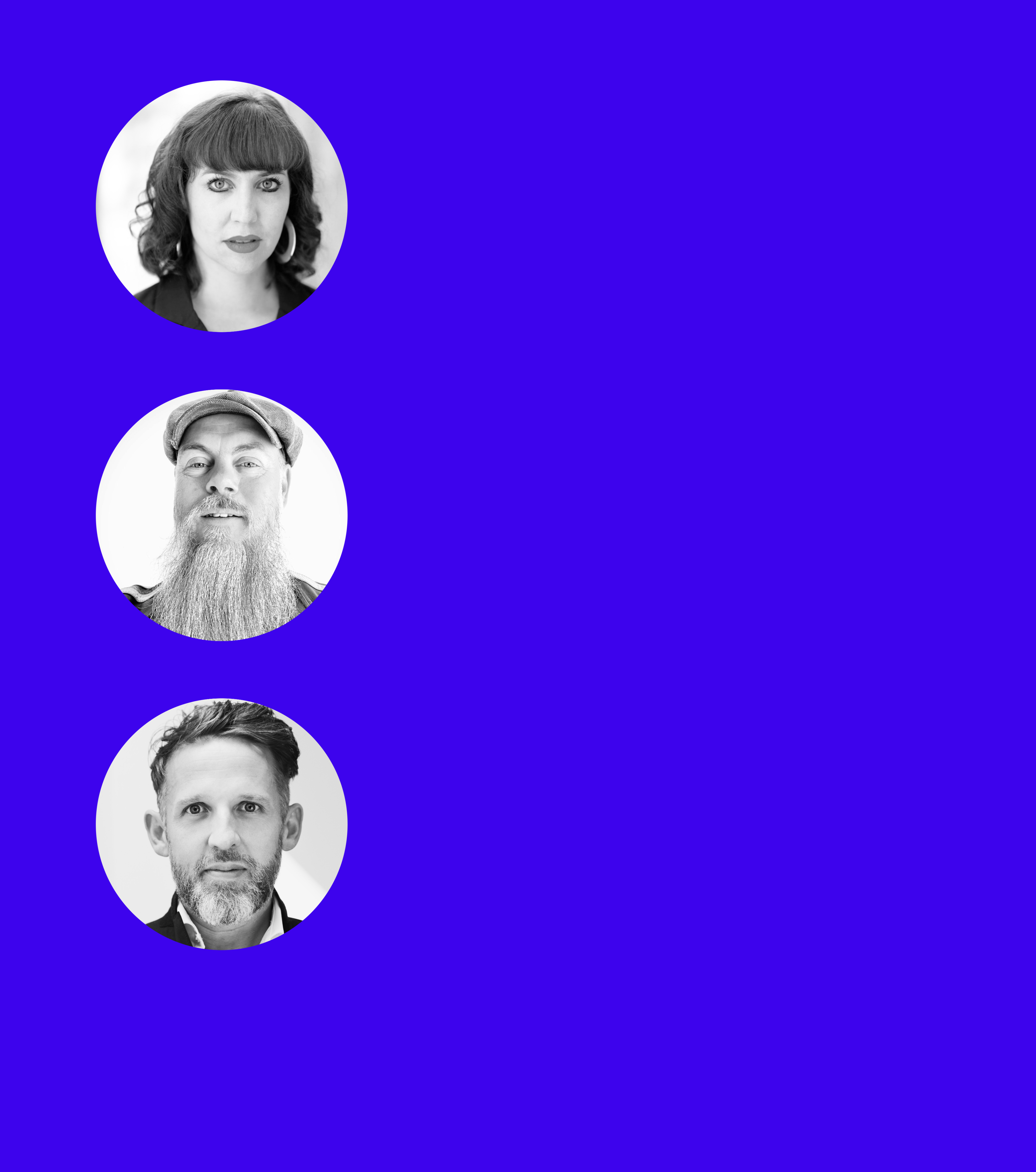
Dyan Valdés
Dyan Valdés is a California-born writer, translator and musician based in Berlin. She studied Sociology and History at the University of California, Los Angeles. In addition to her work with words and music, she occasionally paints. The Bauhaus Code is her first book.

Harald Fiedler
Harald Fiedler is the CEO and founder of Cavorit with backgrounds in political sciences and mathematics and a creator of algorithms for AI-driven psychological statistics (psychometrics). Also, Harald holds the pulse of the music together in a Jazz Manouche combo by playing the contrabass.

Prof. Hermann W. Klöckner
Prof. Hermann W. Klöckner is a partner at Cavorit and director in all UX-related matters. He is a full Professor at Anhalt University (HSA), located in the historical Bauhaus Dessau site, and is passionate about minimalism – legacy obligates.
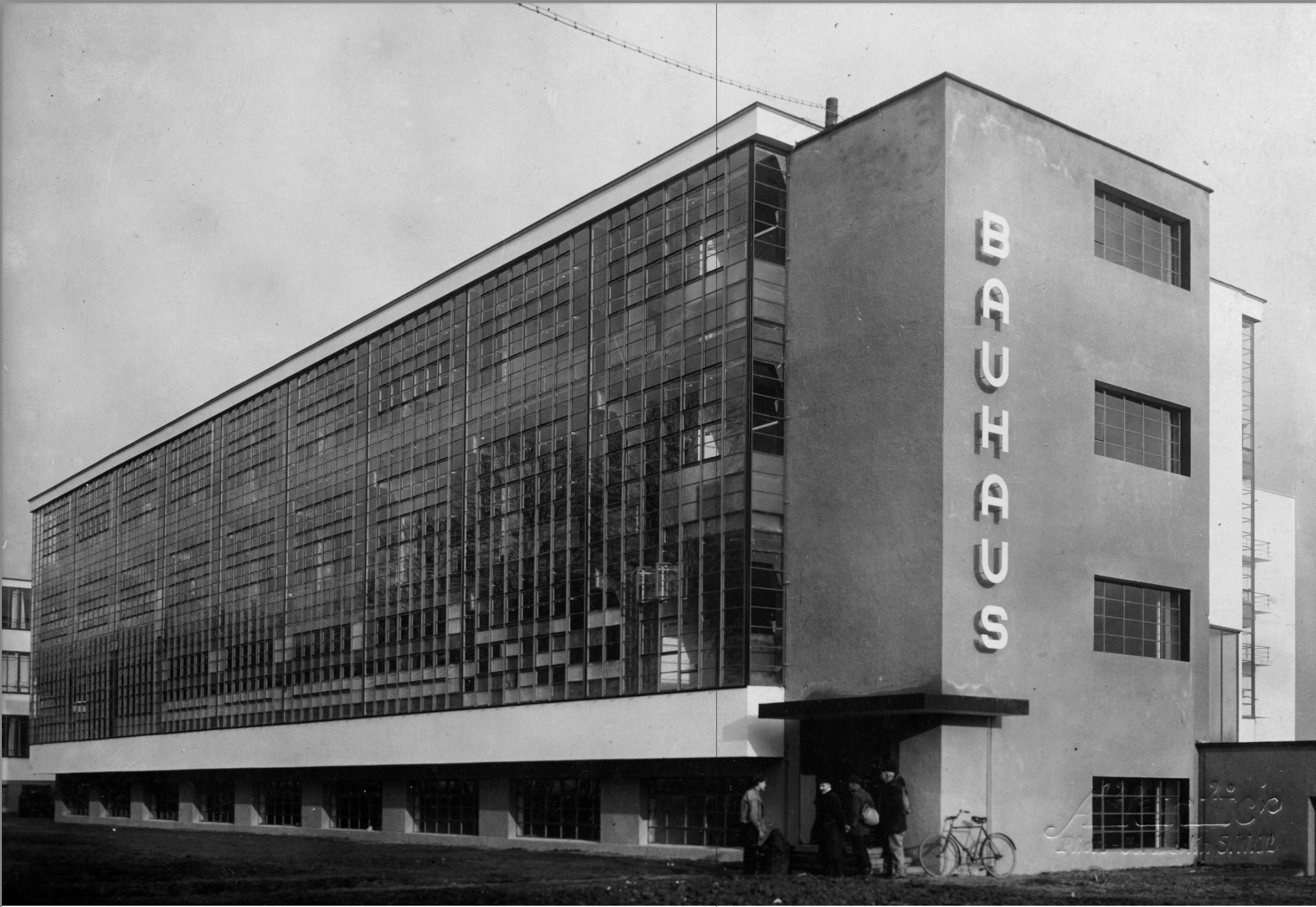
Bauhaus building Dessau, view from the southwest with four people and a bicycle, 1925–1926. Atlantic Photo-Co.Berlin, photographer. Walter Gropius, architect. Credit: Bauhaus-Archiv Berlin. Copyright: Walter Gropius,
VG Bild-Kunst, Bonn; Atlantic Photo-Co. Berlin.
Shop
BUSINESS INSIGHTSFOR THE AGE
OF DATA AND AI
A century ago, Bauhaus designers solved complex problems with radical simplicity. The Bauhaus Code shows how those same rules can streamline data pipelines, AI ethics and product teams today.
- 21x15cm
- 197 pages
- Kulturbuchverlag Berlin
- Print and eBook
Get The Book
Get Updates


“Once you have been to Bauhaus you understand the longevity of the making of that time, how relevant it is even today and the symbiosis of art and science.”
Uwe Minkus
Chief Engineer Research, Technologyand Future Programmes Engineering
What does the Bauhaus, an industrial arts and crafts school that existed in Germany from 1919 to 1933, have to do with a cutting-edge software platform for designing jet engines? How can studying Bauhaus principles inform our approach to business in the age of AI and data? These are the questions The Bauhaus Code seeks to answer.
Through a series of contemporary real-world case studies, The Bauhaus Code examines how the key values of a century-old school of design and architecture reverberate today, and how we can harness these timeless ideals to tackle some of the biggest challenges of the modern AI-driven world.
SHOULD FORM REALLYFOLLOW FUNCTION
IN THE AGE OF DATA & AI?

Seated woman with stage mask in a tubular steel armchair, 1926. Erich Consemüller, photographer. Marcel Breuer, design. Oskar Schlemmer, design. Credit: Bauhaus-Archiv Berlin. Lis Beyer-Volger, design. Copyright: Marcel Breuer, Erich Consemüller, Dr. Stephan Consemüller, Oskar Schlemmer, Lis Beyer Volger, Hans and Lis Volger.
When we think of the Bauhaus, we may think of simple furniture or minimalist architecture; however the Bauhaus visual aesthetic is just the tip of the iceberg. Those design classics grew from a clearly defined set of values, methods and practices that led to their creation. Baked into the DNA of the school were fundamental values such as:
- A willingness to make and learn from mistakes
- Form following function
- Reframing problems and needs
- Approachability and accessibility
- Minimalism and the elimination of unnecessary ornamentation
- The humanization of technology
- Interdisciplinary connection
- A holistic approach to design and problem-solving.
The Bauhaus Code takes each of these core values one at a time, first taking a look at an example from the original school and then extrapolating lessons from it that can be applied to the modern digital age, with contemporary examples ranging from the development of jet engines to the reorganization of financial firms to the complex analysis of global conflict.
At first glance, Marcel Breuer’s tubular chair, Marianne Brandt’s iconic lamp and Walter Gropius’ architectural classics may not seem relevant to software development, business intelligence or data analysis. However, thanks to the rich treasure trove of written and visual materials left behind by the original Bauhäuslers, we can follow their thought processes step-by-step and see how these great works were conceptualized and created.


From Gropius’ circular teaching paradigm to today’s AI-driven jet engine design –holistic thinking brings people together for wicked problem solving.
The lessons we can glean from Bauhaus values and methodologies are timeless, and are just as essential today as they were 100 years ago. The original Bauhaus was born of a tumultuous time: in the wake of a global pandemic, amid social unrest and war, against the backdrop of widespread fear of changes brought on by automation and during the rise of populism, Walter Gropius founded the school to light a new way forward for a better society. In doing so, he and the other Bauhäuslers created a new framework for thinking about culture itself.
At a moment when the world around them was violent, unfair and dangerous, the Bauhaus pioneers chose to question the very foundations of that world. The belief system they developed would inform the creation of new artifacts, new organizations, and new processes of a new and better future.
Our circumstances may have changed, but the urgency of contemporary problems matches the urgency felt by Gropius and the other Bauhaus practitioners all those years ago. And just as importantly, the opportunities we have now — in particular the opportunities opened up by developments in technology, data science and AI that Gropius could never have dreamed of — give us an exciting chance to solve our problems in better ways.
The Bauhaus Code will show you how the lessons from the historical Bauhaus can breathe new life into business, technical and organizational practices that have become stale. Walter Gropius and his fellow Bauhaus pioneers wrote the code: with the digital and AI tools that we have today, we can use that code to unlock our biggest problems and challenges to better innovate, collaborate and create the world that we want to see.
THE ‘20s, THEN
AND NOW…
VOLATILE
UNCERTAIN
COMPLEX
AMBIGUOUS

Modern AI Business Software DataCards embracing Bauhaus Principles.
MATH.
FUNCTIONAL DESIGN.
ARTIFICIAL INTELLIGENCE.
POLITICS.
AND BUSINESS?
Get The Book
Get Updates


197 pages, 21x15 cm,
English
Kulturbuchverlag Berlin, Softcover 24,95 € | eBook 15,95 €
ISBN 978-3-88961-480-3
to be published Fall ‘25
ABOUT THE AUTHORS

Dyan Valdés
Dyan Valdés is a California-born writer, translator and musician based in Berlin. She studied Sociology and History at the University of California, Los Angeles. In addition to her work with words and music, she occasionally paints. The Bauhaus Code is her first book.

Harald Fiedler
Harald Fiedler is the CEO and founder of Cavorit with backgrounds in political sciences and mathematics and a creator of algorithms for AI-driven psychological statistics (psychometrics). Also, Harald holds the pulse of the music together in a Jazz Manouche combo by playing the contrabass.

Prof. Hermann W. Klöckner
Prof. Hermann W. Klöckner is a partner at Cavorit and director in all UX-related matters. He is a full Professor at Anhalt University (HSA), located in the historical Bauhaus Dessau site, and is passionate about minimalism – legacy obligates.

Bauhaus building Dessau, view from the southwest with four people and a bicycle, 1925–1926. Atlantic Photo-Co.Berlin, photographer. Walter Gropius, architect. Credit: Bauhaus-Archiv Berlin. Copyright: Walter Gropius,
VG Bild-Kunst, Bonn; Atlantic Photo-Co. Berlin.
Shop
BUSINESS INSIGHTSFOR THE AGE
OF DATA AND AI
A century ago, Bauhaus designers solved complex problems with radical simplicity. The Bauhaus Code shows how those same rules can streamline data pipelines, AI ethics and product teams today.
- 21x15cm
- 197 pages
- Kulturbuchverlag Berlin
- Print and eBook
Get The Book
Get Updates


“Once you have been to Bauhaus you understand the longevity of the making of that time, how relevant it is even today and the symbiosis of art and science.”
Uwe Minkus
Chief Engineer Research, Technologyand Future Programmes Engineering
What does the Bauhaus, an industrial arts and crafts school that existed in Germany from 1919 to 1933, have to do with a cutting-edge software platform for designing jet engines? How can studying Bauhaus principles inform our approach to business in the age of AI and data? These are the questions The Bauhaus Code seeks to answer.
Through a series of contemporary real-world case studies, The Bauhaus Code examines how the key values of a century-old school of design and architecture reverberate today, and how we can harness these timeless ideals to tackle some of the biggest challenges of the modern AI-driven world.
SHOULD FORM REALLYFOLLOW FUNCTION
IN THE AGE OF DATA & AI?

Seated woman with stage mask in a tubular steel armchair, 1926. Erich Consemüller, photographer. Marcel Breuer, design. Oskar Schlemmer, design. Credit: Bauhaus-Archiv Berlin. Lis Beyer-Volger, design. Copyright: Marcel Breuer, Erich Consemüller, Dr. Stephan Consemüller, Oskar Schlemmer, Lis Beyer Volger, Hans and Lis Volger.
When we think of the Bauhaus, we may think of simple furniture or minimalist architecture; however the Bauhaus visual aesthetic is just the tip of the iceberg. Those design classics grew from a clearly defined set of values, methods and practices that led to their creation. Baked into the DNA of the school were fundamental values such as:
- A willingness to make and learn from mistakes
- Form following function
- Reframing problems and needs
- Approachability and accessibility
- Minimalism and the elimination of unnecessary ornamentation
- The humanization of technology
- Interdisciplinary connection
- A holistic approach to design and problem-solving.
The Bauhaus Code takes each of these core values one at a time, first taking a look at an example from the original school and then extrapolating lessons from it that can be applied to the modern digital age, with contemporary examples ranging from the development of jet engines to the reorganization of financial firms to the complex analysis of global conflict.
At first glance, Marcel Breuer’s tubular chair, Marianne Brandt’s iconic lamp and Walter Gropius’ architectural classics may not seem relevant to software development, business intelligence or data analysis. However, thanks to the rich treasure trove of written and visual materials left behind by the original Bauhäuslers, we can follow their thought processes step-by-step and see how these great works were conceptualized and created.


From Gropius’ circular teaching paradigm to today’s AI-driven jet engine design –holistic thinking brings people together for wicked problem solving.
The lessons we can glean from Bauhaus values and methodologies are timeless, and are just as essential today as they were 100 years ago. The original Bauhaus was born of a tumultuous time: in the wake of a global pandemic, amid social unrest and war, against the backdrop of widespread fear of changes brought on by automation and during the rise of populism, Walter Gropius founded the school to light a new way forward for a better society. In doing so, he and the other Bauhäuslers created a new framework for thinking about culture itself.
At a moment when the world around them was violent, unfair and dangerous, the Bauhaus pioneers chose to question the very foundations of that world. The belief system they developed would inform the creation of new artifacts, new organizations, and new processes of a new and better future.
Our circumstances may have changed, but the urgency of contemporary problems matches the urgency felt by Gropius and the other Bauhaus practitioners all those years ago. And just as importantly, the opportunities we have now — in particular the opportunities opened up by developments in technology, data science and AI that Gropius could never have dreamed of — give us an exciting chance to solve our problems in better ways.
The Bauhaus Code will show you how the lessons from the historical Bauhaus can breathe new life into business, technical and organizational practices that have become stale. Walter Gropius and his fellow Bauhaus pioneers wrote the code: with the digital and AI tools that we have today, we can use that code to unlock our biggest problems and challenges to better innovate, collaborate and create the world that we want to see.
THE ‘20s, THEN
AND NOW…
VOLATILE
UNCERTAIN
COMPLEX
AMBIGUOUS

Modern AI Business Software DataCards embracing Bauhaus Principles.
MATH.
FUNCTIONAL DESIGN.
ARTIFICIAL INTELLIGENCE.
POLITICS.
AND BUSINESS?
Get Updates
Get The Book


197 pages, 21x15 cm,
English
Kulturbuchverlag Berlin, Softcover 24,95 € | eBook 15,95 €
ISBN 978-3-88961-480-3
to be published Fall ‘25
ABOUT THE AUTHORS

Dyan Valdés
Dyan Valdés is a California-born writer, translator and musician based in Berlin. She studied Sociology and History at the University of California, Los Angeles. In addition to her work with words and music, she occasionally paints. The Bauhaus Code is her first book.

Harald Fiedler
Harald Fiedler is the CEO and founder of Cavorit with backgrounds in political sciences and mathematics and a creator of algorithms for AI-driven psychological statistics (psychometrics). Also, Harald holds the pulse of the music together in a Jazz Manouche combo by playing the contrabass.

Prof. Hermann W. Klöckner
Prof. Hermann W. Klöckner is a partner at Cavorit and director in all UX-related matters. He is a full Professor at Anhalt University (HSA), located in the historical Bauhaus Dessau site, and is passionate about minimalism – legacy obligates.

Bauhaus building Dessau, view from the southwest with four people and a bicycle, 1925–1926. Atlantic Photo-Co.Berlin, photographer. Walter Gropius, architect. Credit: Bauhaus-Archiv Berlin. Copyright: Walter Gropius,
VG Bild-Kunst, Bonn; Atlantic Photo-Co. Berlin.
